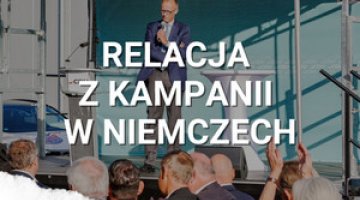Analyses
Germany: the presentation of a general outline of the concept for the expulsions museum
The international historical conference ‘Flight, Expulsion, Ethnic Cleansings’ took place in Berlin on 16–18 September. During a meeting held by the German History Museum (DHM) and the Association of History Museums from Luxembourg, experts from several European countries (including Poland) were discussing the ways to commemorate expulsions. At the end of the conference, Manfred Kittel, director of the Foundation Flight, Expulsion, Reconciliation, presented a general outline of the concept for the expulsions museum in Berlin.
Contrary to expectations, the foundation’s director in his speech presented quite few concrete proposals which gave a hint of the shape the museum would take. Two guidelines for the project presented by Manfred Kittel are noteworthy: (1) the main topic of the exhibition will be the flight and displacement of Germans after World War II, (2) the background for those events will be the ‘European perspective’ understood as the fate of other nations (e.g. Poles, Greeks, Turks and Finns) which also suffered from displacements. Furthermore, according to Kittel, expulsions should be put in the context of historical milestones, starting from World War I and its consequences, which the historian believes to be one of the main ‘catalysts of ethnic cleansing’.
If the concept of the expulsions museum (a full version of which will be presented at the end of October) is built on such guidelines, it will have to face accusations of a relativisation of history. For example, if the consequences of World War I are presented as the key impulse for ethnic cleansing and displacements, this may give rise to accusations of attempts to blur the cause and effect relationship between the policy of Nazi Germany and the expulsions of ethnic Germans after 1945. <ciechan>




